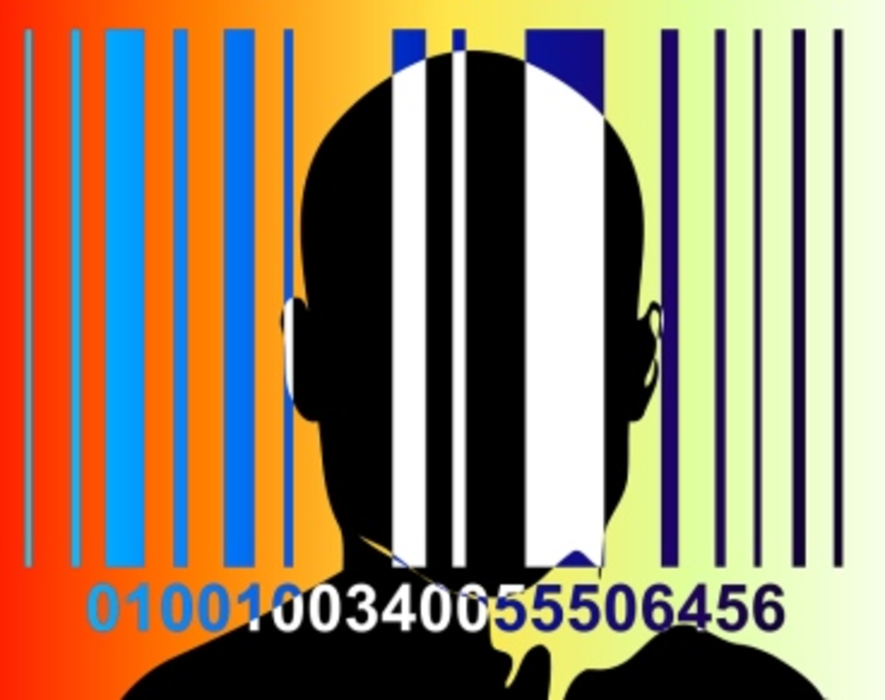What many pure-play e-commerce companies do much better than their brick-and-mortar retailer counterparts do is carry on profitable one-to-one relationships with their customers. Traditional retailers have an urgent need to pursue more meaningful multichannel strategies and, according to Gartner research director for retail Bob Hetu, they can do it through a radical revamping of their CRM operations.
“CRM at tier-one retailers has not been about managing the customer relationship, it has been about offers,” Hetu says. “They have to get beyond their prejudices, one channel over another. What paths to purchase customers take doesn’t matter. You have support them in whatever way they choose to shop with you.”
Retailers can’t rely on vendors to rescue them, because they, too, are challenged in this regard. The “CRM Vendor Landscape Report” authored by Hetu and colleague Miriam Burt, contends that all vendors in this space have shortcomings.
“Traditional CRM vendors tend not to be strong in the analytics aspect,” Hetu says. “Other players are very strong in analytics and real-time marketing, but not so much in the way of CRM and campaign management.”
A well-thought-out CRM strategy revamp that breaks customers into value segments and treats them accordingly will set retailers on the correct path, Hetu says, but retailer have to make the first move. Here are the first three things he says he’d do with his CRM system if he were a retail CEO.
1. Pick up the slack in analytics. Retailers are way behind in using advanced analytics to segment their customer base. They should bulk up their analytics functions to learn customers’ propensity to buy, where they do product research, and which are the most profitable. Focus on the most promising customer segments with special attention and offers and stick with conventional push marketing options for less-profitable segments. “This is the critical foundation of the CRM program,” Hetu says. “How many segments do I have and what moves the needle for them? What behaviors are indicative of a customer that can grow with you?”
2. Jump in with real-time offers. All the data says that consumers are responding at a higher rate to real-time offers, according to Hetu. When you find out who your best customers are, get them to download your app or join your loyalty program. Know when they’re in the store and what each individual responds to. Then give them real-time offers to increase basket size. This is exactly what ecommerce companies are good at and traditional retailers are not so good at, Hetu maintains. Better attention to solid analytics is, again, the key.
3. Track and reward loyalty across all touchpoints. The first upgrade Hetu would make here—something he says few retailers have done—is to provide loyalty program members the ability to self-service their own accounts via web or mobile device. Customers are aware, informed, and armed with powerful technology. They want to be able to track and manage their points across all the channels they shop in. The side benefit: better behavioral data for the analytics mill.
“Big retailers have made costly mistakes in their CRM initiatives,” Hetu says. “They need to make themselves much more customer-focused than they have been.”








